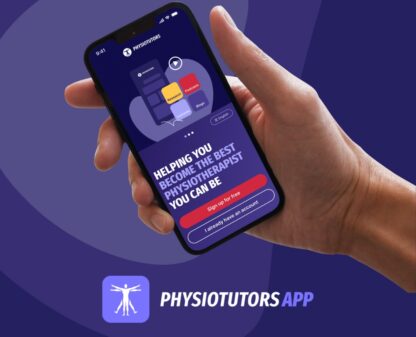Cervical Spondylotic Myelopathy (CSM)

Introduction
-
CSM is the leading cause of spinal cord injury in adults, often due to aging affecting cervical vertebrae.
-
Studies show a male-to-female ratio of 2.7:1, with an average diagnosis age of 63.8 years, mostly affecting the C5/C6 level.
-
Include trauma, axial weight bearing on neck/head, genetic predisposition, and smoking.
Pathophysiology
-
Key factors include disc degeneration, subperiosteal bone formation, ossification of posterior longitudinal ligament, and hypertrophy of the ligamentum flavum, leading to spinal canal compression and narrowing.
Clinical Presentation
-
Symptoms include gait abnormalities, cervical spine stiffness, sharp arm pain, motor dysfunction, changes in sensation, loss of strength, reduced proprioception, toileting issues, and L’Hermitte’s Sign.
Examination
-
The examination may use a test cluster including gait deviation, Hoffman’s test, inverted supinator sign, Babinski sign, and age over 45 to help in diagnosis.
Treatment
- Primarily considered a surgical condition due to the progressive nature of impairments from nonoperative treatments. Studies support better outcomes with surgical intervention, particularly in cases of moderate-to-severe CSM.
- Management guidelines suggest surgery or a trial of structured rehabilitation for mild CSM, with a strong recommendation for surgery in moderate-to-severe cases. Regular clinical follow-up is advised for patients with cervical cord compression but no myelopathy.
References
Aizawa, T., Hashimoto, K., Kanno, H., Handa, K., Takahashi, K., Onoki, T., … & Ozawa, H. (2022). Retrospective comparison of the surgical results for patients with thoracic myelopathy caused by ossification of the posterior longitudinal ligament: Posterior decompression with instrumented spinal fusion versus modified anterior decompression through a posterior approach. Journal of Orthopaedic Science, 27(2), 323-329.
Cook, C., Brown, C., Isaacs, R., Roman, M., Davis, S., & Richardson, W. (2010). Clustered clinical findings for diagnosis of cervical spine myelopathy. Journal of Manual & Manipulative Therapy, 18(4), 175-180.
Fehlings, M. G., Tetreault, L. A., Riew, K. D., Middleton, J. W., & Wang, J. C. (2017). A clinical practice guideline for the management of degenerative cervical myelopathy: introduction, rationale, and scope. Global Spine Journal, 7(3_suppl), 21S-27S.
Fehlings, M. G., Tetreault, L. A., Riew, K. D., Middleton, J. W., Aarabi, B., Arnold, P. M., … & Wang, J. C. (2017). A clinical practice guideline for the management of patients with degenerative cervical myelopathy: recommendations for patients with mild, moderate, and severe disease and nonmyelopathic patients with evidence of cord compression. Global spine journal, 7(3_suppl), 70S-83S.
McCormick, J. R., Sama, A. J., Schiller, N. C., Butler, A. J., & Donnally, C. J. (2020). Cervical spondylotic myelopathy: a guide to diagnosis and management. The Journal of the American Board of Family Medicine, 33(2), 303-313.
Rhee, J. M., Shamji, M. F., Erwin, W. M., Bransford, R. J., Yoon, S. T., Smith, J. S., … & Kalsi-Ryan, S. (2013). Nonoperative management of cervical myelopathy: a systematic review. Spine, 38(22S), S55-S67.
Sampath, P., Bendebba, M., Davis, J. D., & Ducker, T. B. (2000). Outcome of patients treated for cervical myelopathy: a prospective, multicenter study with independent clinical review. Spine, 25(6), 670-676.


